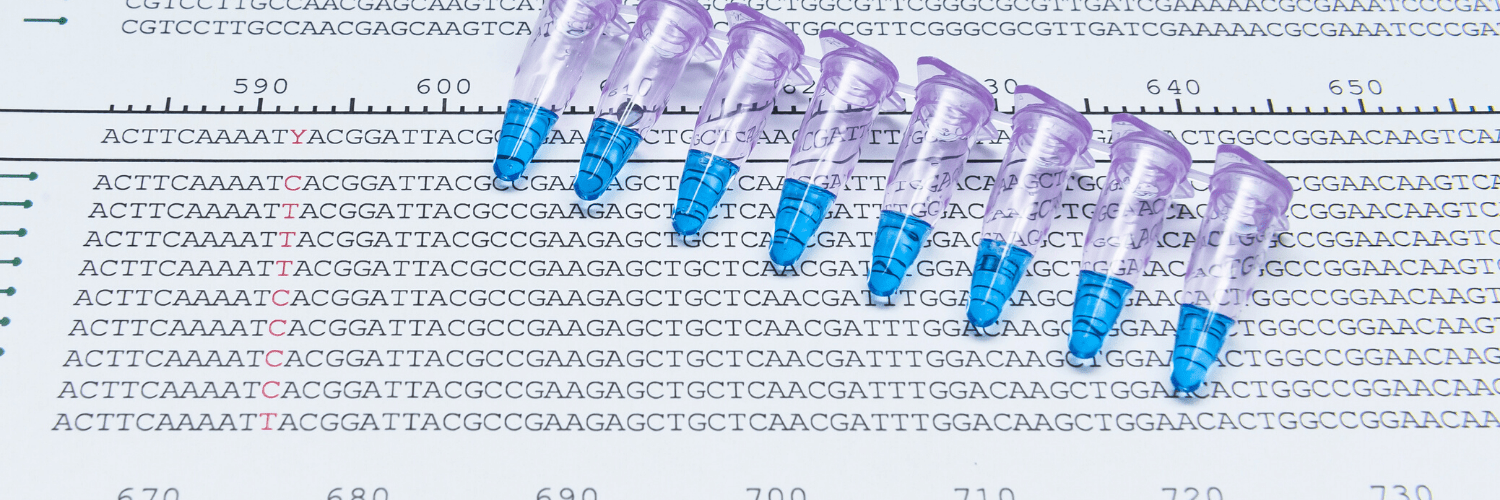BRAF in Melanoma

BRAF 101
BRAF (pronounced “Be-Raf”) is a gene that makes a protein called BRAF, which is involved in sending signals in cells and in cell growth. Everyone has this gene, but in some people, it can mutate. Mutation is a change in a structure of a gene that often leads to a change in a protein. If you have a mutation in your BRAF gene, melanoma cells will make an altered form of protein that allows them to grow out of control.
Approximately 50% of all melanoma patients who are tested have a mutated form of code for the BRAF protein in their tumor. Those tumors are called BRAF positive. Patients whose tumors are BRAF positive are eligible for targeted therapy in addition to other treatments. Targeted therapy works by blocking certain proteins to stop the melanoma from growing.
Testing for the BRAF mutation requires that DNA be taken from the primary tumor and then examined for the mutation. To ensure an adequately sized sample, additional biopsies may be necessary. Occasionally, there is not enough tumor available to complete the test. If this happens, your oncologist will discuss what happens next.
AIM recommends that all Stage III and IV patients ask that their primary tumor be tested for the BRAF mutation—if possible, before you make treatment decisions. Stage III and IV patients who are BRAF positive have increased treatment options, so it is critical that you know whether you are BRAF positive in order to know what all of your treatment options are.
Some Stage II melanoma patients, in the context of a clinical trial, may undergo BRAF testing. For Stage II patients, BRAF status is simply good information to have; it will be important to know if in the future your melanoma progresses.
Generally, the BRAF test is reimbursed for all patients with Stage III and Stage IV melanoma, though you may be required to pay a copay, depending on your insurance plan. For testing as part of a clinical trial in Stage II disease, the test is usually paid for through the clinical trial.

